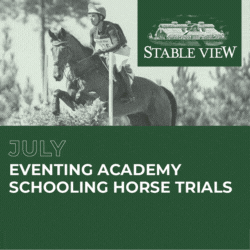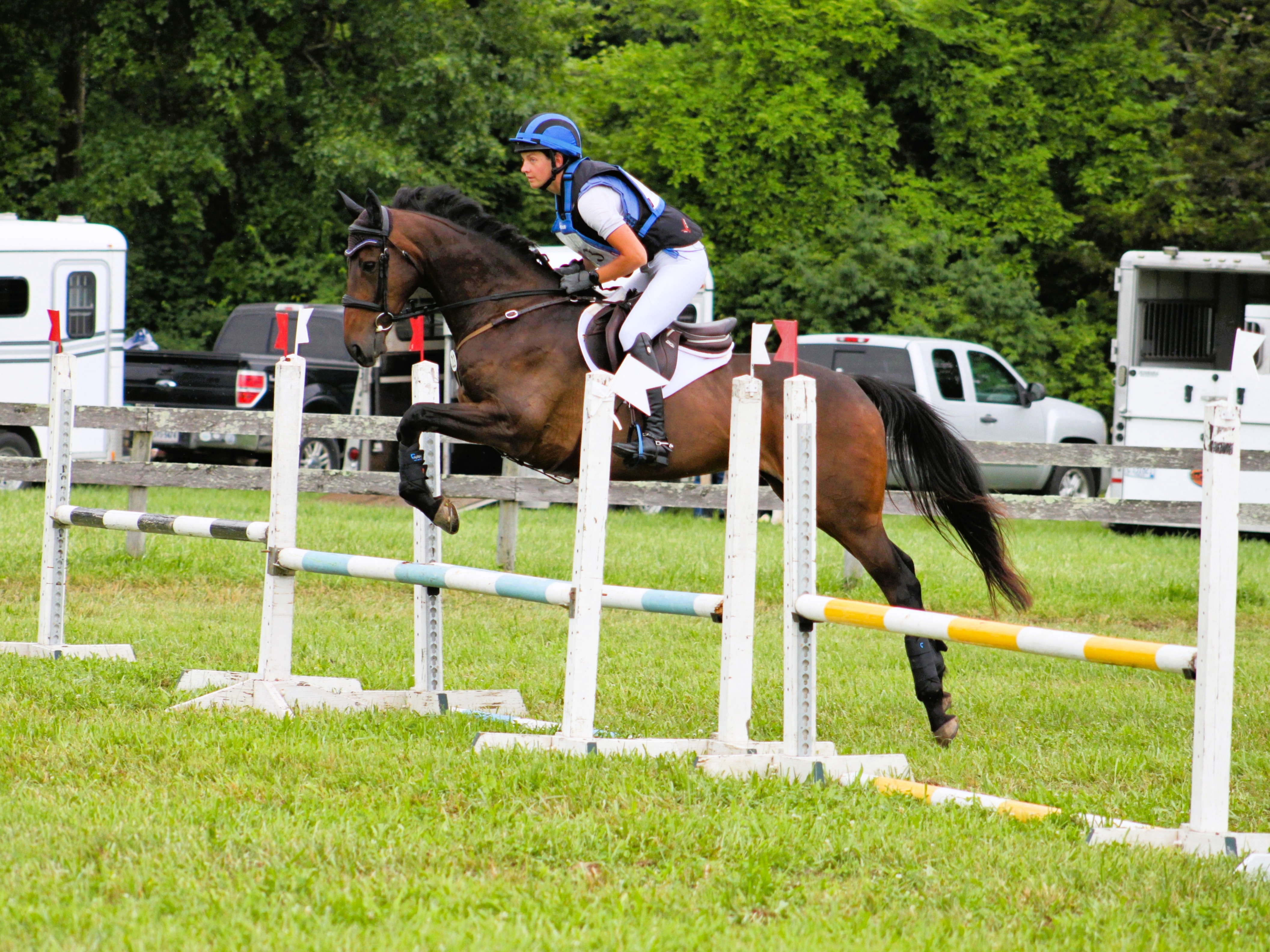Before I jump into the discussion of the influence of tack on biomechanics, I’d like to make a quick note on planning the eventing calendar. I sat in on the calendar planning open forum at the USEA convention Saturday afternoon and the discussion left me both more educated and more amazed at the challenges that face those responsible for scheduling. The differences in priorities, demands, and obligations that face all of the groups involved in eventing come together in a perfect storm that makes satisfying everyone and perhaps anyone completely impossible. For example, the riders want events scheduled to help them have a better lead up to three-days, to help the event have better footing, etc. But moving an event forward or back even one weekend can upset competing events, create conflicts for volunteers, and give the organizers a ton of other issues to sort out. Needless to say, if you look at the eventing calendar and feel frustrated, know that a ton of hard work went into making the calendar as best as it possibly can be. As a quick note on the AECs, it was mentioned at the meeting that it is not known where the AECs will be in 2013, but the competition will not be in Area III. Ok, let’s talk about tack:
Peter Menet gave a speech on the influence of tack on biomechanics, which was sponsored by World Equestrian Brands. Peter designs the Amerigo Vega products for World Equestrian Brands and he spent most of his time discussing how a saddle influences the half-halt and collection. It was a really interesting seminar . I wish I could show all of the great diagrams he used in the slides because they were some of the best I have ever seen showing collection. Mr. Menet addressed the issue in terms of general principles of saddle fitting rather than the specific Amerigo Vega products and I found the discussion to be a really useful reminder of what we need to do as riders.
Mr. Menet suggested that, whatever your discipline, you should work the horse long and low before your ride and following the ride to let the horse relax and he spoke very negatively about rollkur.
He explained that to get from working long and low to the performance needed at competitions requires first and foremost a correct half-halt. The goal of a half-halt is to maintain the rhythm while shortening the frame and this requires being relaxed and supple as well as stretching and rounding of the horse’s back. Every half-halt must go through the back. Saddle fit is very important to helping with this because bringing the hind leg to the neck depends on the movement of the back. Freedom of shoulder is also very important in allowing the horse to balance itself correctly.
Mr. Menet explained that the principles of the correct position include balance, the ability to relax and be supple, and the ability to adapt to the horse’s movement. He said that you should not change the horse to make it easier for the rider to have a correct position–always the other way around. Mr. Menet believes in the correct position as a basis for perfect biomechanics.
He said that being right or left handed makes people naturally crooked when we ride. We tend to collapse our right side which blocks the left hind and lets the horse out the right shoulder. His view was that a great deal of un-straightness comes from a rider’s lack of straightness and not the horse’s lack of straightness.
He explained that when fitting saddles one key is to find the proper weight bearing area. The goal is not necessarily to maximize the weight bearing area but to make sure the weight is distributed properly over the right area on the horse’s back. He believes in keeping the weight on the horses back below where the rider would be without a saddle since this is the most natural approach.
Go Cats.





















